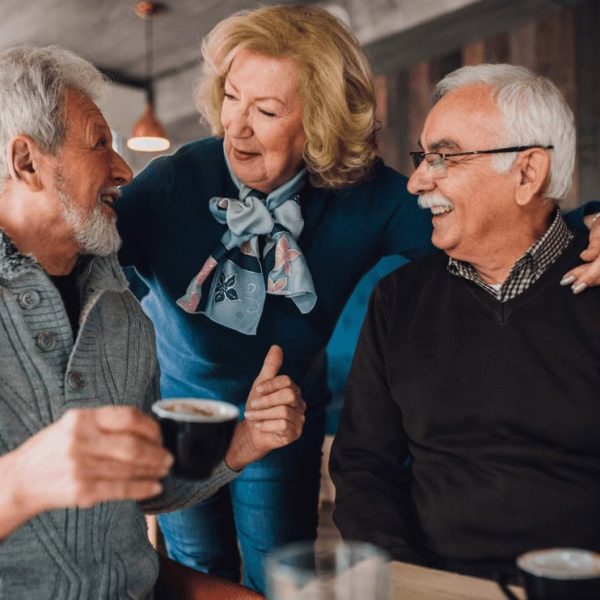
ISO-SMAF Autonomy Assessment Scale in Quebec
How to Assess Autonomy Using the ISO-SMAF Scale
Every year, thousands of senior’s experience falls, forget to take their medications, or leave their homes without being able to find their way back. For caregivers, it’s a source of worry. For professionals, it’s a signal: autonomy is fragile.
How can we know when a medical alert system becomes necessary? And which type should be chosen based on real needs? That’s where the SMAF (Functional Autonomy Measurement System) becomes a key tool in Quebec’s healthcare system.
Understanding loss of autonomy assessment with SMAF
The SMAF is a comprehensive assessment grid used by professionals to determine a person's level of autonomy in five key domains:
- Activities of Daily Living (bathing, dressing, eating)
- Domestic activities (cooking, cleaning, managing money)
- Mobility (moving indoors and outdoors)
- Communication (hearing, speaking, understanding)
- Mental functions (memory, judgment, orientation)
To you, caregivers and families:
If you've ever thought, “I hope she's okay...”, or “He could use a little something extra”, then maybe it's time to ask the question: what if a medical alert could make the difference?
Medical alert systems are no longer reserved for “extreme cases”. Today, they are:
- discreet (watches, pendants, smart bracelets)
- automated (fall detection without manual support)
- connected (GPS and two-way voice calls)
The Link Between SMAF and Medical Alerts*
ISO-SMAF Profile
Examples of needs
Recommended alert type
1 to 4
High functional autonomy, but possible isolation
Basic system (bracelet or button pendant)
5 to 8
Help with hygiene, limited mobility, frequent forgetfulness
Alert with automatic fall detection
9 to 11
Moderate dependence, cognitive confusion, disorientation
GPS-enabled alert with geolocation and two-way voice calls
12 to 14
Severe dependency, non-verbal, bedridden or in CHSLD
Presence sensors, intelligent bed, passive surveillance
* The information is provided for guidance only and does not constitute any form of diagnosis regarding your state of health or your needs. If in doubt, please consult a healthcare professional.
Real-Life Examples
Ms. Ellen, 82 years old
Lives alone, mobile but with poor balance.
- She received a bracelet with a fall detector. Since then, two alerts have been automatically triggered and sent to a 24/7 connected control center.
- His daughter is then immediately alerted, and in the event of absence, first responders are notified.
Mr. John, 78 years old
Has moderate cognitive impairment
- A GPS device with a safety zone was installed.
- His son receives a notification if his father exceeds a defined perimeter.
Assessment: CLSC and staff from partner establishments (Retirement Homes, CHSLD) can help you
In many cases:
- They can carry out a home assessment for loss of autonomy
- The need is identified during the SMAF assessment
- The alert then becomes a service included in the intervention plan
SOS-MEDIC can help you!
We offer the following medical alert solutions:
- SOS Home with or without fall detection: bracelet or pendant with button (with or without landline)
- SOS Watch with fall detection: GPS connection with two-way voice calls
- SOS Mobile, panic button with fall detection, GPS connection with two-way voice calls
Key Takeaways
A medical alert is not a sign of weakness - it's a tool for empowerment.
When combined with a SMAF assessment, a medical alert system becomes a valuable tool for maintaining safety, autonomy, and peace of mind at home.
Families and family caregivers: talk to your loved ones' caregivers. It's possible to take action before the next emergency.
